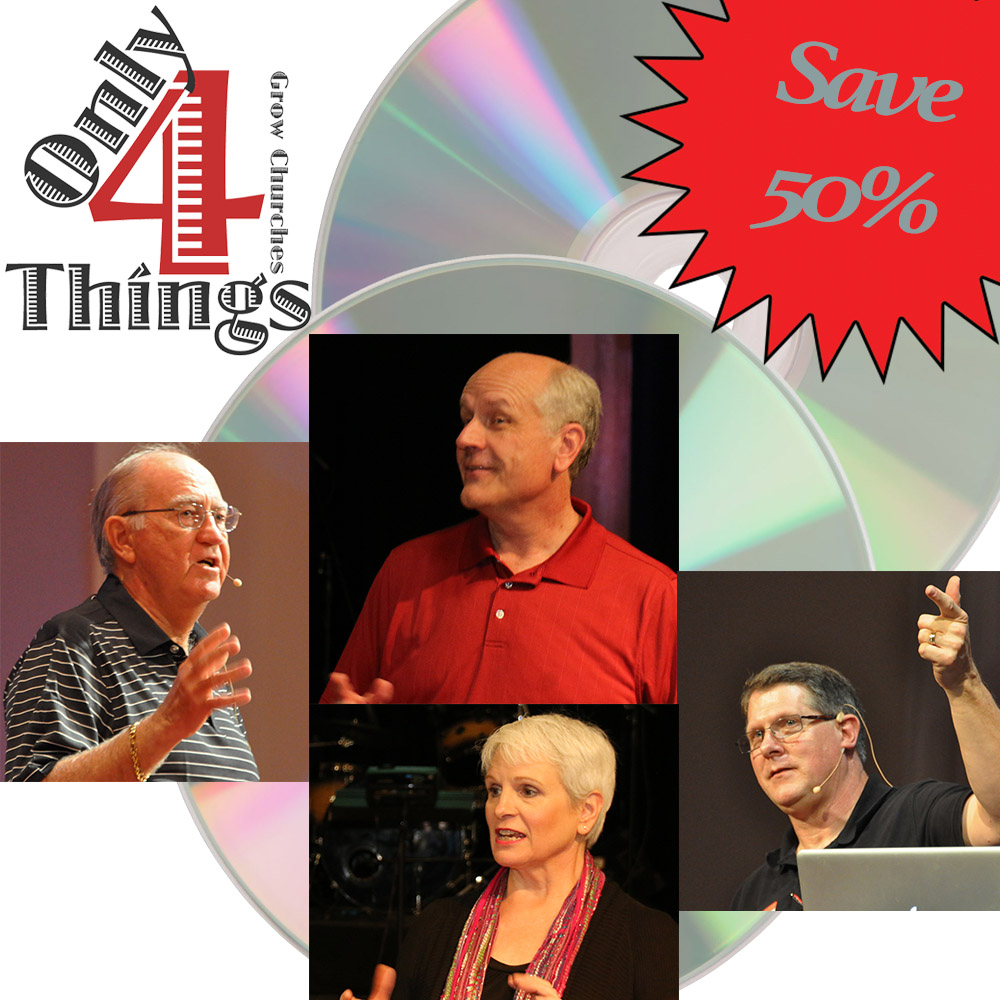Once upon a time, a long time ago, I was recruited to be a church planter in metro area. Kris and I were invited to start a new church in any legitimate city in the US and we were torn about where to plant. We had a ready-made core-congregation in Atlanta, people we’d connected with during our seminary years and who genuinely hoped we’d return and start the church we’d always talked about. On the other hand, there was Seattle – the Emerald City. At the time, church attendance hung at less than 10 percent and there wasn’t a mainline church of note exponentially growing anywhere in the Sea-Tac metroplex. We wrestled with the choices: (1) Almost certain success and willing target audience; or (2) Almost certain struggle and highly-resistant target.
Enter Ted (nowhere near his real name). Ted was determined to plant a new church in another Pac NW city, a city that he’d called home for most of his life. Like most successful church planters, Ted was a bit arrogant – and to be honest, so were we. You don’t go forth to start a new church without some sense of “I’ve got what it takes to gather a crowd and start a new church completely from scratch.” And so Ted took us aside to give us the inside scoop about people in the Pacific Northwest.
“The people in the Northwest aren’t like people anywhere else. They’re very cliquish and hard to get to know. They don’t trust outsiders. You’ll be a lot better off planting in Georgia.”
To be honest, I’ve heard the same kind of rhetoric about almost every region of the US. Before Bill Easum and I worked with a church on the Eastern Seaboard, we were told that New Yorkers were “difficult to work with.” I’ve been told that Nebraskans are all “Nebraska Nice,” meaning they’ll smile in your face and stab you in the back … or worse, write you off as completely incompetent and insignificant. It doesn’t matter what region of the nation, or the world for that matter, the people are said to be hard to work with.
When it comes to Post Covid Church Growth, people are still people are still people. Share on XOf course, it turn out none of that is true. People are people wherever you go. Sure, there’s a different ethos, a different vibe in New York than in Chicago (ketchup on a hot dog or “What are you thinking?!”), but the people? They’re still people with the same heart-issues and worries and hopes and dreams as everyone else, anywhere else. Seattle is different than Atlanta, but at the heart of it, Ethan and Tara will still be Ethan and Tara on the left side of the nation or the right side of the nation. Circumstances and the local culture will be different, but people are people are people – it’s that Bell Curve thing.
I said all that to say this. Recently, I’ve noticed that there are lot of new ideas about what it takes to grow a church now that we’re back in the building post COVID-19. And yes, there are new tools available that have to be adapted. Who’d have ever thought that it would take a global pandemic to get a church that was firmly stuck in 1954 to finally (and begrudgingly) embrace online video technology? Then there’s the whole shift from traditional mass marketing to social media marketing. I’m not arguing that the tools have changed. Just like the culture of Portland, Oregon is the polar opposite of the culture of Charlotte, North Carolina, you’ll have to contextualize your tools to reach Ethan and Tara, but to be fair, you’re going to have to do the same if you’re working in Queens, New York or Brooklyn, New York. It’s even true if you’re across the street on Main Street in a storefront church versus the Frank Lloyd Wright church building there in downtown Kansas City. Context is everything. The tools change with time, but just like the reality that people are people, what it takes to grow a church is the same north or south, east or west, city or rural county.
Church growth tools change with time, what it takes to grow a church is the same north or south, east or west, city or rural county. Only four things grow churches. Share on XWhat does it take to grow a church today in a post pandemic world? Exactly the same as it took in post-resurrection Jerusalem … or Corinth … or Rome. Expanding your network. Building relationships. Faith sharing and discipleship. Sending and going. Repeat. It’s the same plan Jesus used. And Paul used. And Wesley used. And Graham used. And Groeschel used. Because people are people no matter what and no matter when. Our job as disciples of Jesus Christ hasn’t changed in 2000 years. What worked way-back when, worked pre-pandemic, and it works now. New relationships. Build relationships. Disciple relationships. And go forth into all the world together. Tools change. Cultures church. The process has never changed.
It was true then, and it’s true now. Only Four Things Grow Churches. Join Bill Tenny-Brittian, Scott Musselman, Bill Easum, and Kris Tenny-Brittian for the complete Four Things Conference, recording in St. Louis and Jefferson City, Missouri.



